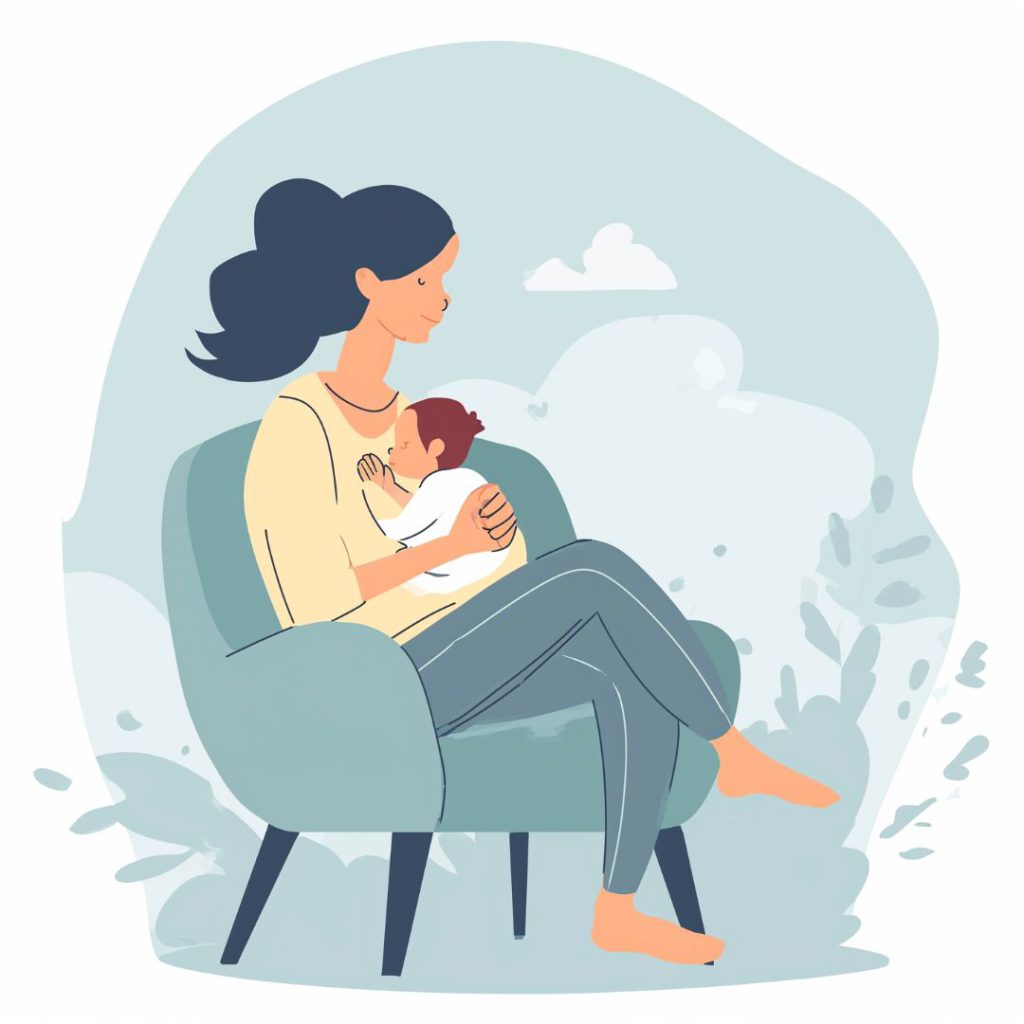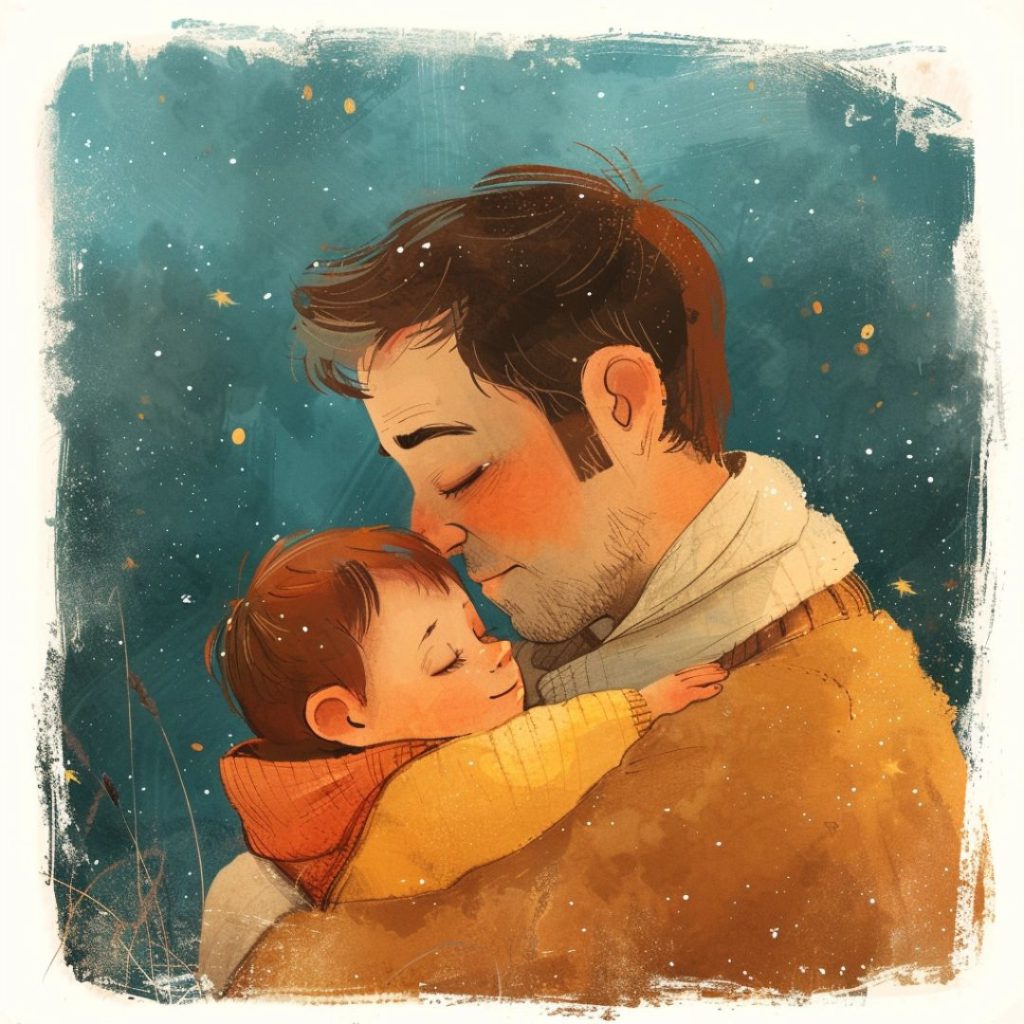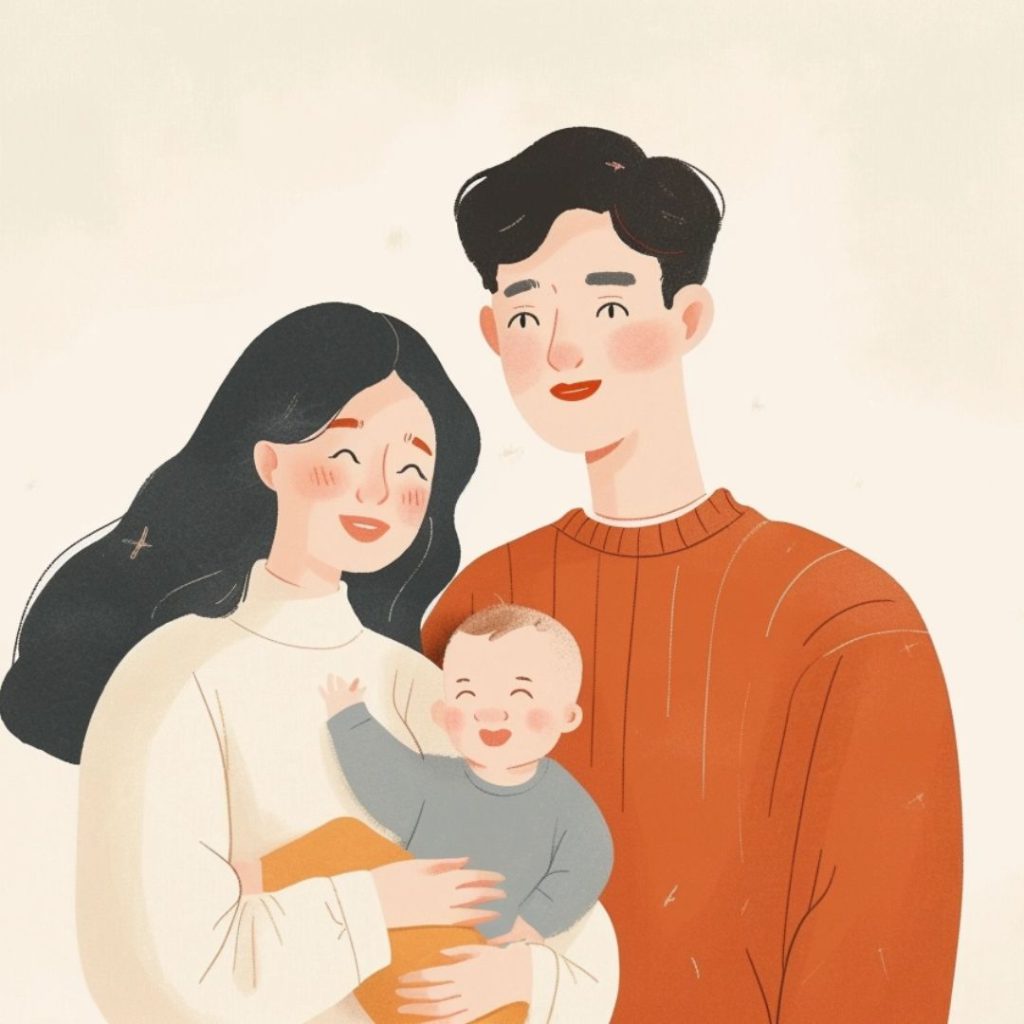Separation Anxiety in Infants: At What Age Does It Start?

Separation anxiety in infants refers to a normal developmental phase characterized by an emotional response when a child is separated from their primary caregiver or a familiar environment. It typically emerges during the latter part of the first year and continues into toddlerhood. This anxiety is a natural part of a child’s cognitive and emotional development, as they begin to form strong attachments to their caregivers.
Understanding this phenomenon allows for a more empathetic and informed approach to the child’s emotional needs. Moreover, addressing separation anxiety early on can contribute to the development of secure attachment bonds between infants and their caregivers, fostering a sense of trust and emotional security.
Developmental Stages and Infant Separation Anxiety Age

Infants go through various stages of growth and milestones during their first few years of life. These stages include:
- Sensory-motor development
- Social and emotional milestones
- The formation of early attachments to caregivers
As infants transition through these stages, they gradually develop a sense of self-awareness and emotional bonds with those around them.
Newborn separation anxiety typically begins to manifest around the age of 6 to 8 months, although it can start earlier or later depending on individual differences. While some infants may show signs of distress earlier, others may not display noticeable anxiety until later in their first year.
| Related: Twins Separation Anxiety
Triggers and Causes of Anxiety in Newborns
- Emerging Awareness: As children attain object permanence, the realization that caregivers persist even when out of sight gives rise to a fear of abandonment. Separation anxiety in infants peaks at about 14 and 18 months, when their surroundings and encounters broaden due to a heightened fear of the unfamiliar.
- Attachment Theory: Proposed by John Bowlby, infants naturally form attachment bonds with their primary caregivers. These bonds serve as a secure base, allowing the infant to explore the world confidently. When faced with separation from their caregivers, due to the temporary disruption of this secure base, separation anxiety appears in infants.
- Changes in Caregiver or Routine: Disruptions in an infant’s routine or changes in primary caregivers can trigger separation anxiety. Infants thrive on predictability and familiarity, and alterations such as the introduction of daycare, a parent returning to work, or the presence of new caregivers can lead to heightened distress during separations.
- Family Dynamics: The dynamics within the family unit play a significant role in separation anxiety. Conflict, tension, or inconsistent caregiving practices within the family may contribute to heightened anxiety when the child is separated from primary caregivers.
- Environmental Stressors: External stressors, including moving to a new home, exposure to loud noises, or unfamiliar surroundings, can contribute to infant separation anxiety especially at night. Infants may perceive these environmental changes as threats to their safety, leading to increased distress during separations.
Infants undergo developmental stages, including sensory-motor development, social and emotional milestones, and forming attachments to caregivers, leading to self-awareness and emotional bonds. Separation anxiety typically emerges around 6 to 8 months, varying among individuals with some showing signs earlier and others later in their first year.
| Read more: Separation Anxiety in Teens
Signs of Separation Anxiety in Infants

The tiny tears, frantic clings, and heart-wrenching wails – separation anxiety manifests in a multitude of ways. Most common infant separation anxiety symptoms include:
- From whimpers to full-blown crying, distress signals the fear and sadness associated with separation.
- A drooping demeanor, withdrawn behavior, and loss of interest in play can point towards underlying sadness.
- Wide eyes, trembling, and resistance to new situations often stem from a deep-seated fear of being left alone.
- Desperately holding onto the caregiver, refusing to be put down, and seeking constant reassurance are common signs of clinginess.
- The most obvious symptom is crying. crying can range from mild whimpers to inconsolable outbursts upon separation.
- Angry outbursts and meltdowns when separation is imminent.
- Clinging tightly to the caregiver, resisting physical separation, and refusing to be comforted by others are common behaviors.
- Difficulty falling asleep, frequent night wakings, and nightmares can stem from separation anxiety.
- Loss of appetite or comfort eating can be related to emotional distress.
- Toilet training setbacks, speech delays, or clinging behaviors might temporarily reappear due to heightened anxiety.
Infant separation anxiety manifests through various symptoms, including crying, distress signals, drooping demeanor, withdrawn behavior, and loss of interest in play. Wide eyes, trembling, and resistance to new situations indicate a fear of being left alone, while clinginess is evident through desperately holding onto the caregiver and seeking constant reassurance.
Separation anxiety doesn’t just affect infants and kids!
It may occur in adults too!
For more insights, read Separation Anxiety Disorder in Adults.
Normal vs. Problematic Separation Anxiety in Infants

Parents and caregivers must know that some degree of separation anxiety is a normal and expected part of infant development. Age-appropriate separation anxiety typically emerges around six to eight months and may intensify before gradually subsiding by the age 2.
| Also might be useful: Separation Anxiety in Teenage Relationships
While this is a natural part of development, caregivers should be attentive to signs that indicate severe separation anxiety in infants:
- Excessive crying or prolonged emotional distress
- A consistent disruption in daily functioning (sleeping, eating, or playing)
- Avoiding interactions with others or displaying excessive fearfulness
- Persistent and significant regression beyond age-appropriate norms
Normal separation anxiety in infants typically occurs around six to eight months and diminishes by age 2. Caregivers should be aware of signs indicating problematic separation anxiety, such as excessive crying, prolonged emotional distress, disruption in daily functioning, avoidance of interactions, and persistent regression beyond age-appropriate norms. Identifying and addressing these signs is crucial for the child’s well-being and development.
| Discover: Separation Anxiety in Relationships
Tips for Parents and Caregivers
- Respond promptly and consistently to your infant’s cues. This builds a sense of security.
- Maintain consistent daily routines, providing a sense of security, helping infants feel more confident in their environment.
- Gradually expose your infant to short separations to help them adapt. Start with brief intervals and gradually increase the duration.
- Familiarize your infant with trusted caregivers, such as grandparents or close family friends.
- Use a consistent and soothing tone when saying goodbye, and provide verbal reassurance that you will return.
Are you creative?
If so, we bet you want to know about an innovative method to reduce your kid’s anxiety…
If you’re curious about it, read Art Therapy for Anxiety.
Seeking Professional Guidance When Necessary

If separation anxiety persists or becomes challenging to manage, consider seeking guidance from pediatricians, child psychologists, or parenting experts. Professional support can provide insights into the specific needs of the child and offer strategies tailored to their unique situation.
Do you think your kid’s anxiety may lead her/him to overeating?
Read the guide below to be aware of the signs…
HealWiser’s Last Piece of Advice
Recognizing the normalcy of separation anxiety in infants as a developmental milestone is the first step for parents and caregivers. Building secure attachments through responsive parenting, consistent routines, and gradual exposure empowers infants to develop resilience and adaptability.
Sharing your experiences can provide valuable insights and emotional support. So…
…share your story with Heal Wiser and others in the comments section below this post.






